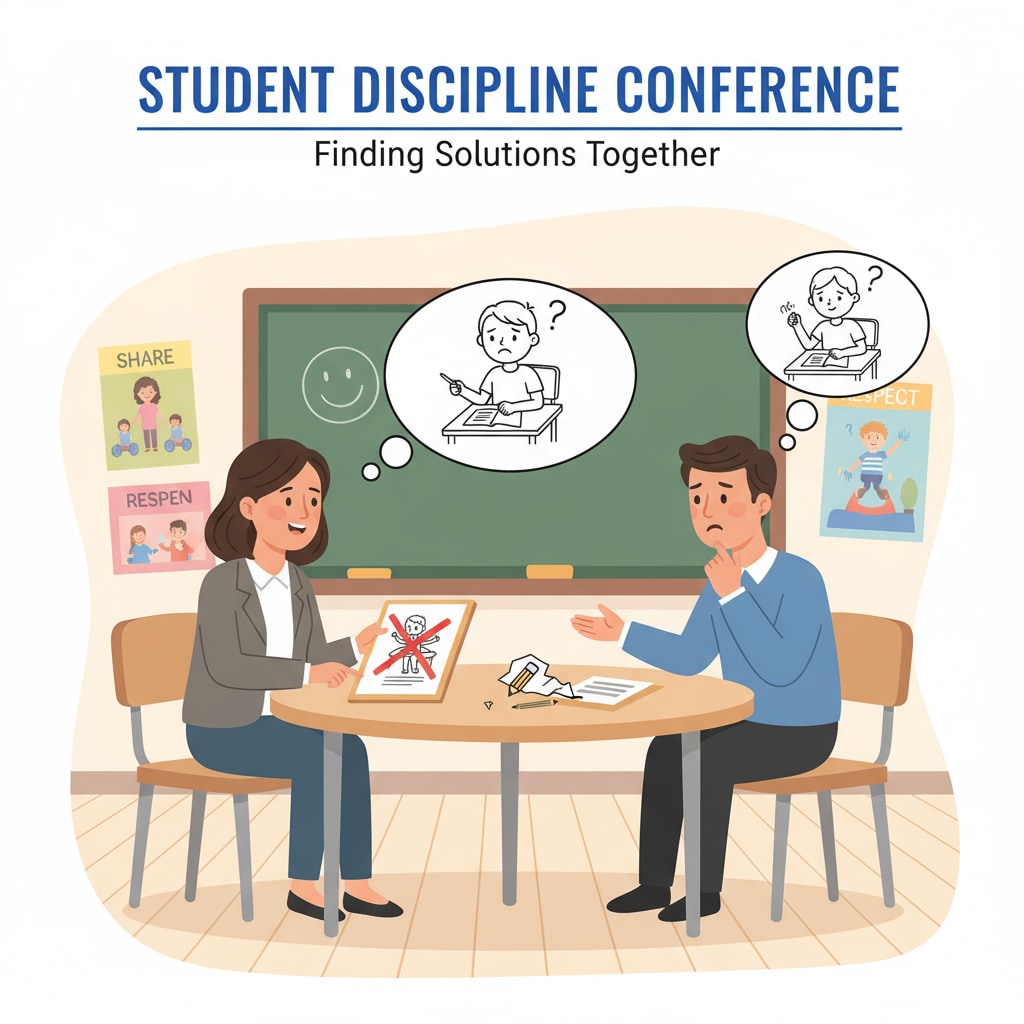In the realm of education, the issue of school discipline, parental demands, and restorative education often presents a complex challenge. School administrators frequently find themselves caught between parents who advocate for strict disciplinary measures and the school’s commitment to restorative education principles. This article aims to explore this educational dilemma, its causes, impacts, and effective solutions.

The Clash of Perspectives
Parents, driven by concerns for their children’s safety and academic progress, may demand severe disciplinary actions when their child misbehaves. They often believe that strict punishments will deter future misbehavior. On the other hand, restorative education focuses on repairing harm, building relationships, and promoting personal growth. For example, instead of suspension, restorative education might involve a mediation session where the student and those affected can communicate. Restorative justice in education on Wikipedia provides more in-depth information on this approach.
Causes of the Conflict
One cause is the difference in educational backgrounds and beliefs. Some parents may have grown up in an educational system that emphasized strict discipline. Additionally, cultural factors can play a role. In some cultures, strict parental control and severe discipline are the norm. Another reason is the lack of understanding of restorative education. Parents may be unfamiliar with its benefits and how it can lead to long-term positive behavior change. Education on Britannica offers insights into various educational concepts.

The Impact of the Conflict
This conflict can have negative consequences for both the school and the students. For the school, it may lead to strained relationships with parents, which can affect overall school support. For students, the inconsistent approach can cause confusion. If they receive a harsh punishment from home but a more restorative approach at school, they may not know how to behave appropriately.
Strategies for Resolution
- Communication is key. Schools should organize workshops or information sessions to educate parents about restorative education. By showing real-life examples of its success, parents may be more open to it.
- Involve parents in the restorative process. For instance, they can participate in mediation sessions or help create a behavior plan for their child.
- Find a middle ground. In some cases, a combination of restorative measures and appropriate consequences can be implemented.
Readability guidance: By following these strategies, schools can better balance parental demands and restorative education, creating a more harmonious and effective educational environment. Short paragraphs and lists are used to summarize key points, and transition words like “however”, “therefore”, and “in addition” are added to enhance the flow.


